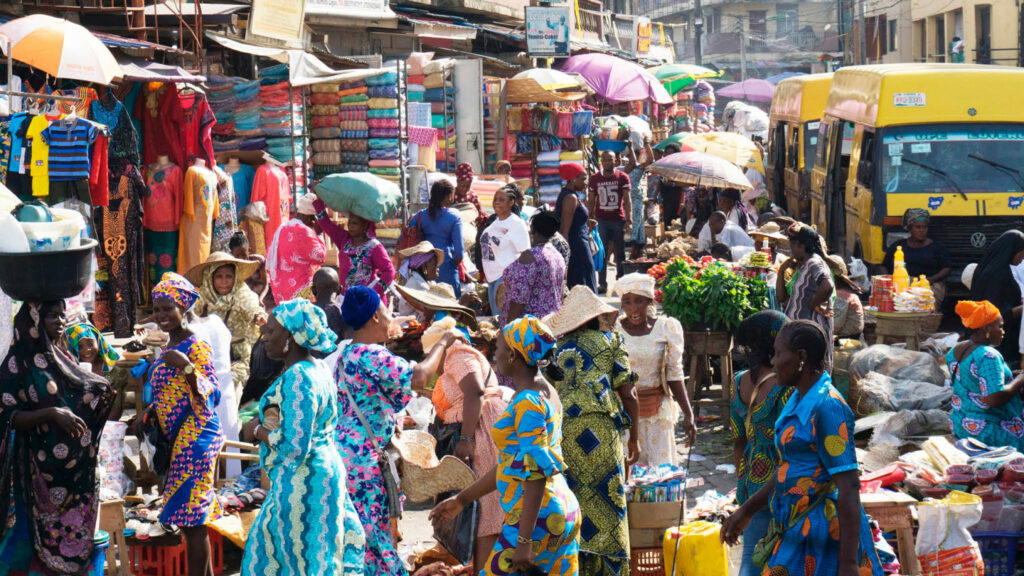January 23, 2023

A major conclusion reached at the World Economic Forum, WEF’23, which ended last weekend in Davos, Switzerland, was that the next decade will be characterized by environmental and societal crises, driven by underlying geopolitical and economic trends.
However, ‘cost-of-living crisis’ was ranked as the most severe global risk over the next two years, peaking in the short term.
The ‘biodiversity loss and ecosystem collapse’ was viewed as one of the fastest deteriorating global risks over the next decade, and all six environmental risks feature in the top 10 risks over the next 10 years.
Nine risks are featured in the top 10 rankings over both the short and the long term, including “Geoeconomic confrontation” and “Erosion of social cohesion and societal polarisation”, alongside two new entrants to the top rankings: “Widespread cybercrime and cyber insecurity” and “Large-scale involuntary migration”.
The WEF’23 also noted that as an economic era ends, the next will bring more risks of stagnation, divergence and distress.
The WEF’ 23 report stated: ”The economic aftereffects of COVID-19 and the war in Ukraine have ushered in skyrocketing inflation, a rapid normalization of monetary policies and started a low-growth, low-investment era.
”Governments and central banks could face stubborn inflationary pressures over the next two years, not least given the potential for a prolonged war in Ukraine, continued bottlenecks from a lingering pandemic, and economic warfare spurring supply chain decoupling. Downside risks to the economic outlook also loom large.
”A miscalibration between monetary and fiscal policies will raise the likelihood of liquidity shocks, signaling a more prolonged economic downturn and debt distress on a global scale. Continued supply-driven inflation could lead to stagflation, the socioeconomic consequences of which could be severe, given an unprecedented interaction with historically high levels of public debt. ”Global economic fragmentation, geopolitical tensions and rockier restructuring could contribute to widespread debt distress in the next 10 years.
”Even if some economies experience a softer-than-expected economic landing, the end of the low interest rate era will have significant ramifications for governments, businesses and individuals. ”The knock-on effects will be felt most acutely by the most vulnerable parts of society and already-fragile states, contributing to rising poverty, hunger, violent protests, political instability and even state collapse.
”Economic pressures will also erode gains made by middle-income households, spurring discontent, political polarization and calls for enhanced social protections in countries across the world. ”Governments will continue to face a dangerous balancing act between protecting a broad swathe of their citizens from an elongated cost-of-living crisis without embedding inflation – and meeting debt servicing costs as revenues come under pressure from an economic downturn, an increasingly urgent transition to new energy systems, and a less stable geopolitical environment.
”The resulting new economic era may be one of growing divergence between rich and poor countries and the first rollback in human development in decades”.






